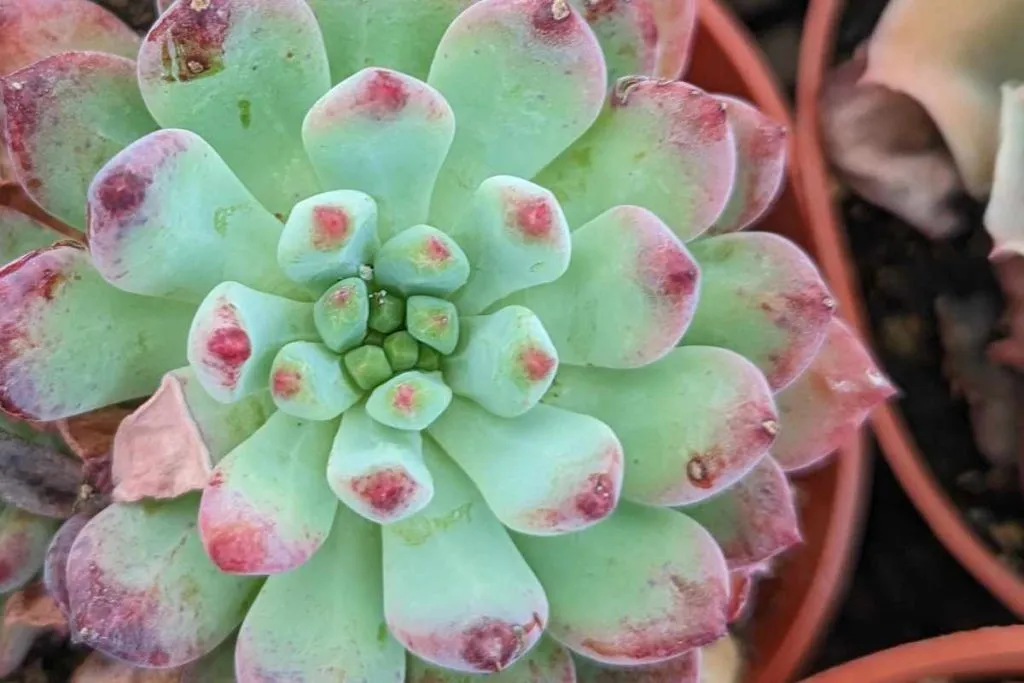What Plants Don't Like Epsom Salt? Tips for Better Plant Treatment
What Plants Don't Like Epsom Salt? Tips for Better Plant Treatment
Blog Article
Explore Why Some Plants Decline Epsom Salt as a Nutrient Resource
In the intricate globe of plant nutrition, the rejection of Epsom salt as a practical nutrient resource by some plants presents an appealing dilemma. The reasons behind this careful habits dig into a complex interplay of plant absorption mechanisms, the unique chemical structure of Epsom salt, and plant-specific nutrient preferences.
Plant Absorption Mechanisms
In diving into the complex world of plant absorption systems, it comes to be noticeable that the process is controlled by an advanced interaction of physical characteristics and molecular pathways. Plants take in nutrients largely through their origins, using different transportation systems to uptake necessary elements such as nitrogen, potassium, phosphorus, and magnesium. Magnesium, an important part in chlorophyll synthesis and enzyme activation, plays a critical duty in plant development and development.
The absorption of magnesium includes numerous actions, starting with its availability in the soil remedy. Once dissolved, magnesium ions are occupied by plant roots through details transportation proteins embedded in the cell membranes. These proteins assist in the motion of magnesium across the origin cell walls and right into the plant's vascular system, where it is after that distributed to various cells to support various physiological functions.
Comprehending the detailed mechanisms behind magnesium absorption in plants clarifies just how this essential nutrient contributes to general plant health and productivity. By maximizing magnesium uptake pathways, cultivators can enhance plant returns and top quality, underscoring the importance of understanding plant absorption dynamics for sustainable agriculture techniques.
Epsom Salt Chemical Structure
The chemical structure of Epsom salt, likewise recognized as magnesium sulfate heptahydrate, discloses an unique plan of elements that contribute to its special residential or commercial properties and applications. The seven water particles are freely adhered to the magnesium sulfate substance, permitting it to dissolve easily in water and be conveniently taken up by plants with their roots.
The crystal framework of Epsom salt creates monoclinic prisms, which are elongated crystals with parallel ends. This crystal shape influences the physical properties of Epsom salt, such as its texture and solubility. Comprehending the chemical structure of Epsom salt is essential for understanding its actions as a nutrient source and its communications with plants in gardening and farming practices.
Plant-Specific Nutrient Preferences
Plants display distinct choices for certain nutrients, stressing the importance of understanding their private needs for optimal growth and advancement. Comprehending these plant-specific nutrient preferences is essential for making best use of crop returns, improving ornamental plant development, and promoting total plant health.

Plant-specific nutrient choices can likewise vary based on whether the plant is a monocot or dicot. Monocots, such as lilies and lawns, have different nutrient demands contrasted to dicots like roses and tomatoes. Furthermore, specific plants may show particular deficiencies or toxicities when subjected to excess or inadequate degrees of certain nutrients. By tailoring nutrient supplements to fulfill the precise demands of each plant species, farmers can optimize plant development, minimize vitamins and mineral waste, and assistance sustainable farming methods.

Dirt Ph and Nutrient Uptake
Dirt pH plays a vital function in figuring out the schedule of essential nutrients for plant uptake. Acidic soils with a reduced pH are desirable for plants like azaleas and blueberries, while alkaline dirts with a higher pH suit plants such as lavenders and clematis.
Soil pH influences the chemical types of nutrients in the dirt. In acidic soils, nutrients like manganese, iron, and light weight aluminum can become much more available, however extreme level of acidity can result in poisoning issues. On the other hand, alkaline dirts may limit the availability of nutrients like iron, copper, and zinc, affecting plant growth. Keeping the proper pH level in the soil is important for making certain that plants can effectively uptake the needed nutrients for their healthy growth and efficiency.
Genetic Factors in Nutrient Uptake
In the world of plant nourishment, the interplay of hereditary variables considerably affects the uptake of necessary nutrients vital for plant growth and advancement. Hereditary elements play a pivotal role in shaping a plant's capability to absorb and make use of nutrients effectively.
In addition, genetic factors additionally determine the performance of nutrient uptake devices within plants. For instance, some plants may have genetic characteristics that enhance their ability to feed on nutrients from the soil successfully, offering them a competitive advantage in nutrient-poor settings. On the various other hand, genetic variations can additionally result in limitations in nutrient uptake, making sure plants more susceptible to deficiencies also when nutrients are plentiful in the dirt.
Understanding how hereditary aspects affect nutrient click here for more info uptake is crucial for developing methods to enhance plant nutrition and enhance crop efficiency in different agricultural settings. By untangling the hereditary mechanisms associated with nutrient uptake, researchers can work towards developing genetically enhanced plant selections with enhanced nutrition purchase capabilities.
Verdict

In the elaborate globe of plant nourishment, the denial of Epsom salt as a viable nutrient source by some plants postures an interesting dilemma. read the full info here what plants don't like epsom salt. Recognizing these plant-specific nutrient choices is essential for making best use of plant returns, enhancing ornamental plant growth, and promoting general plant health and wellness
By tailoring nutrient supplements to meet the exact needs of each plant varieties, cultivators can optimize plant development, lessen vitamins and mineral waste, and assistance lasting farming practices.
In the realm of plant nourishment, the interplay of hereditary factors significantly influences the uptake of essential nutrients essential for plant growth and growth. Comprehending these complexities in plant nutrient uptake is critical for optimizing plant development and wellness in agricultural techniques.
Report this page